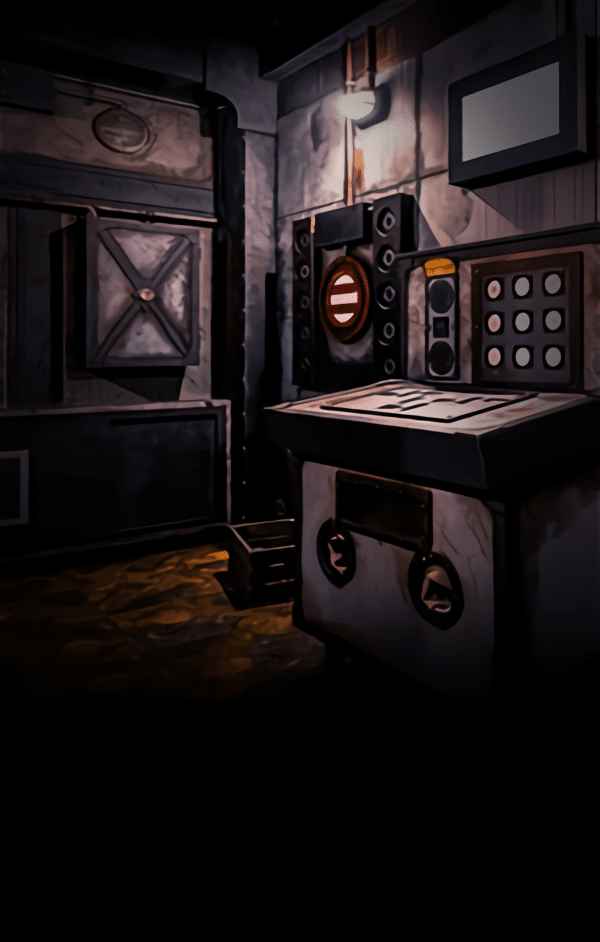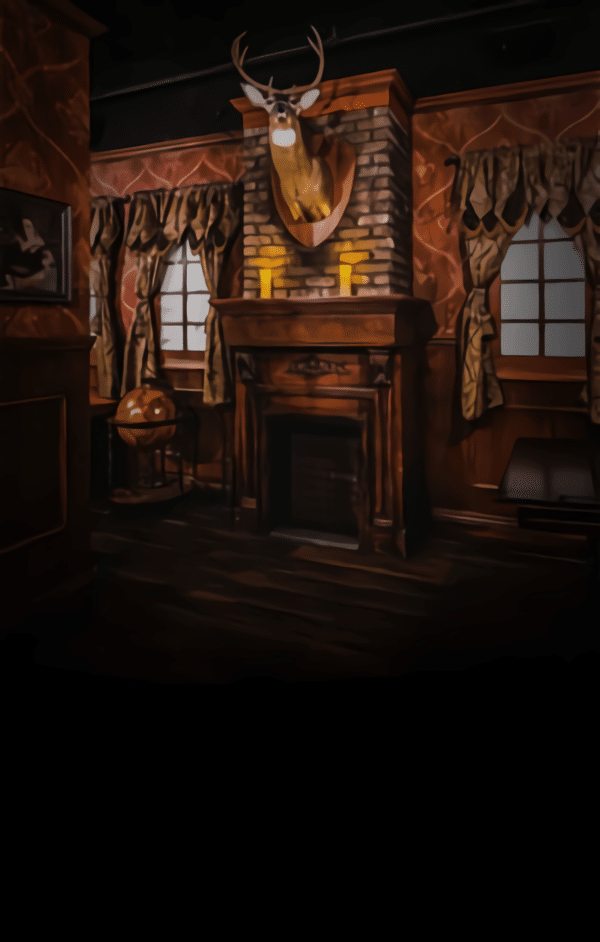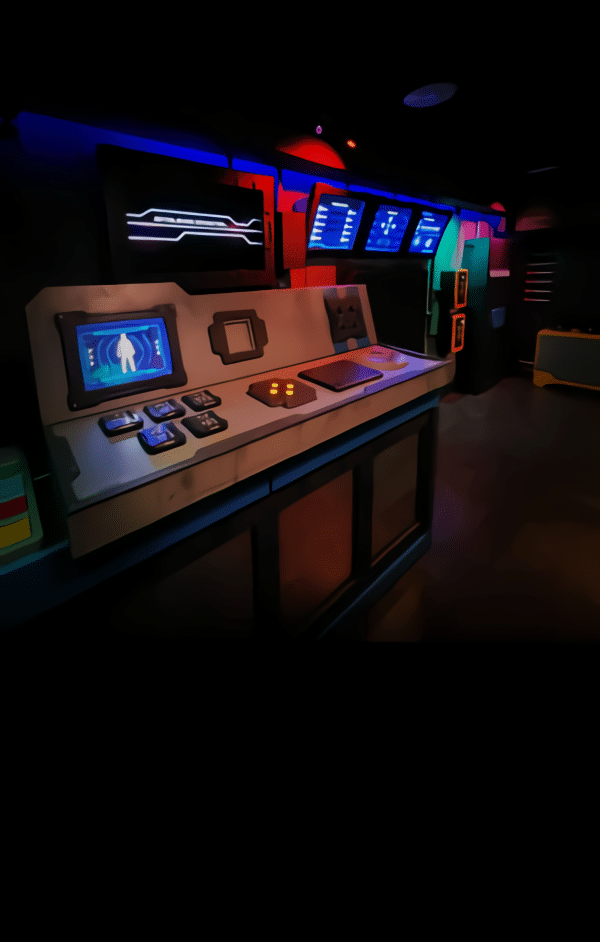How Do Escape Room NYC Hosts Manage the Difficulty of the Puzzles?
Introduction: The Art of Balancing Difficulty in Escape Rooms
Escape rooms have taken the world by storm, offering a unique and thrilling experience where participants solve puzzles to escape a themed room before time runs out. In New York City, venues like Mission Escape Games are especially popular, known for their immersive storylines and challenging puzzles. However, one of the most important aspects of any successful escape room is the balance of difficulty. Too easy, and participants may feel unsatisfied. Too hard, and they might get frustrated or give up.
So, how do escape room hosts in NYC manage the difficulty of their puzzles to ensure that everyone has a fun and engaging experience? This article will explore the methods and strategies used by escape room hosts to create the perfect challenge, offering insight into how the difficulty of puzzles is adjusted to suit different groups of participants.
See: Escape Room NYC
1. Understanding the Structure of Escape Room Puzzles
Escape room puzzles are designed to be both engaging and challenging, pushing participants to think creatively and collaborate. The puzzles typically fall into several categories, including logic puzzles, physical challenges, hidden objects, and word games. The overall experience is designed to be a mix of all types, so players can work together, utilizing their diverse skill sets to solve the clues.
Each escape room is divided into stages, with players solving one puzzle to unlock the next one, leading to a chain reaction that moves them toward the ultimate goal: escaping the room. In order to keep participants engaged, the puzzles must be difficult but solvable. Too many easy puzzles will make the game feel boring, while too many hard puzzles can cause frustration.
2. Factors That Affect Puzzle Difficulty
There are several factors that contribute to the difficulty of escape room puzzles, and hosts need to carefully balance them to ensure the experience is both challenging and fun for all participants. These factors include:
a. The Room Theme
The theme of the escape room heavily influences the types of puzzles that will be included. For example, a room with a detective or mystery theme might include puzzles that require players to analyze clues, while a horror-themed room might have puzzles based on sound cues or involve physical activities. A room designed for beginners will typically have simpler puzzles, while a room meant for seasoned escape room enthusiasts will feature more complex challenges.
b. Target Audience
Escape room hosts in NYC design rooms with their target audience in mind. Some rooms cater to families with young children, so the puzzles are kept straightforward and accessible. On the other hand, rooms designed for corporate team-building activities might have puzzles that are more difficult, requiring teams to work together effectively. When selecting or creating puzzles, hosts consider the age group, experience level, and preferences of the players.
c. Room Size and Number of Participants
The number of players in a room also affects the difficulty of the puzzles. A room designed for a smaller group may have puzzles that are slightly more difficult, assuming that the team will be able to collaborate and share the workload. In larger groups, puzzles are typically designed so that there are enough tasks for everyone to do, with some puzzles that require teamwork and others that can be solved individually.
d. Puzzle Variety
Escape rooms typically include a variety of puzzle types, which keeps the experience engaging for all types of players. These puzzles can include number and letter codes, hidden compartments, riddles, jigsaw puzzles, physical tasks, and more. Variety ensures that players with different skill sets can contribute, but it also allows the difficulty to fluctuate, giving players the sense that they’re making progress without becoming overwhelmed.
3. Techniques Used by Escape Room Hosts to Manage Puzzle Difficulty
Now that we understand the factors that influence difficulty, let’s take a closer look at how escape room hosts manage and control the difficulty level of puzzles during a game.
a. Puzzle Scaling
Many escape room hosts design puzzles with scalability in mind, meaning that the difficulty of a puzzle can be adjusted depending on how quickly or slowly players are progressing. For example, if a group is struggling with a particular puzzle, the host may offer a hint or give them a nudge in the right direction to ensure they don’t get stuck and lose motivation. This dynamic scaling ensures that players have a chance to solve the puzzle on their own while still receiving the help they need to continue.
b. Incorporating Hints and Assistance
Escape room hosts are typically available behind the scenes to monitor the game and ensure everything is running smoothly. Most venues, including Mission Escape Games, allow hosts to provide hints if players request them or if the host senses the team is struggling. These hints can vary in difficulty—from gentle nudges that direct the players’ attention to certain areas, to more direct solutions to particularly challenging puzzles.
In some cases, the puzzles are designed to provide subtle hints as players progress. For example, if players are stuck on a puzzle, the room may subtly change the environment, such as lighting a certain area or triggering a sound cue, to give the players a hint.
c. Progressive Puzzle Difficulty
Escape rooms are often designed with a progressive difficulty curve. This means that the puzzles at the start of the game are generally easier and serve as a warm-up for the more complex puzzles that follow. As the team progresses through the room, the puzzles become more difficult, requiring more critical thinking, teamwork, and creativity. This progression helps players feel like they’re making progress and prevents them from becoming overwhelmed by a room full of difficult puzzles right from the start.
d. Theme-Specific Difficulty Adjustment
As mentioned earlier, the difficulty of escape room puzzles is influenced by the room’s theme. For example, a room with a simple treasure hunt theme might have puzzles that rely on pattern recognition or finding hidden objects, while a high-tech room with a spy theme could involve intricate ciphers and high-level logic puzzles. Hosts ensure that the difficulty level matches the complexity expected from the theme, but they can also adjust it if they notice a group struggling.
e. Timed Elements and Pressure
To maintain a sense of urgency and excitement, escape room puzzles often incorporate timed elements or other types of pressure. This could be a countdown clock or a physical aspect, like the room becoming darker as time passes. While the time pressure can make puzzles feel more intense, hosts have to be careful to ensure that the difficulty level doesn’t overwhelm the group, as players may become stressed and frustrated if they can’t solve the puzzles in time.
4. Testing and Feedback Loops
Escape room hosts work continuously to refine and adjust the puzzles based on feedback from participants. After each game, hosts often gather feedback from players on what they enjoyed and what they found difficult. This feedback is invaluable in helping hosts tweak the difficulty of puzzles, ensuring that future participants have a more balanced experience.
Additionally, escape room venues may conduct internal testing of new rooms and puzzles to ensure that they are appropriately challenging. This trial-and-error process helps eliminate overly difficult puzzles and ensures that the overall game experience is enjoyable for most groups.
Conclusion
Managing the difficulty of puzzles in escape rooms is a delicate balance that requires careful planning, feedback, and real-time adjustments. Hosts at escape room venues like Mission Escape Games use a combination of puzzle scaling, progressive difficulty, theme-specific adjustments, and dynamic support to ensure that participants have an enjoyable and satisfying experience. Whether you’re a seasoned escape room enthusiast or a first-timer, knowing that hosts are actively managing the difficulty of puzzles can provide reassurance that the experience will be both challenging and fun.
Frequently Asked Questions
Q: How do escape room hosts adjust the difficulty of puzzles?
A: Hosts adjust the difficulty by offering hints, using scalable puzzles, and providing subtle environmental changes to guide players without giving away the solution directly.
Q: What happens if my group is struggling with a puzzle?
A: If your group is having difficulty, most escape rooms, like Mission Escape Games, will provide hints or assistance to help you progress through the game.
Q: Do all escape rooms have the same difficulty level?
A: No, difficulty levels vary depending on the theme and the design of the room. Some rooms are easier for beginners, while others are more complex and challenging for experienced players.
Q: How do escape rooms maintain fairness in difficulty across different groups?
A: Escape rooms balance difficulty by using progressive puzzles, dynamic difficulty scaling, and providing hints when necessary, ensuring everyone has a fair chance to succeed.
Q: Can escape room difficulty be adjusted for large or small groups?
A: Yes, most escape room venues design their puzzles to accommodate different group sizes, ensuring that every participant can contribute, regardless of the group’s size.









